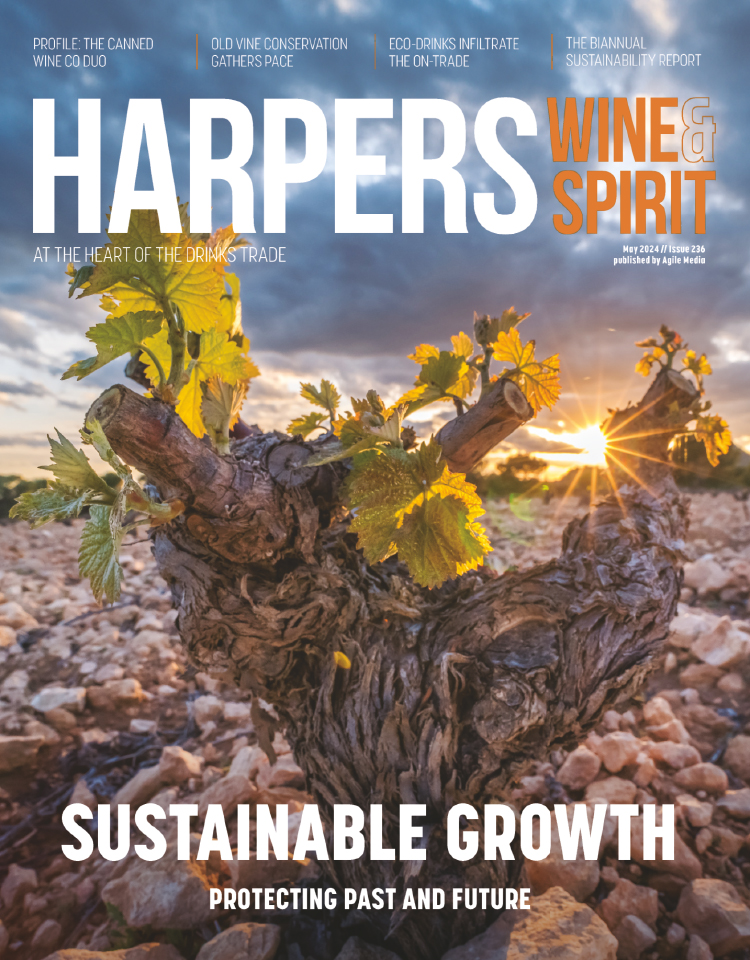
Spotlight on the women of CEE at 67 Pall Mall
Women winemakers of Central and Eastern Europe (CEE) were at the centre of a first-of-its kind tasting in London this week, which dove into some of the more esoteric parts of Europe’s winemaking map, spanning Moldova, Slovenia, Serbia, Bulgaria and Romania and Hungary.
Organised by Zsuzsa Toronyi, MD of Wine Communication, and Caroline Gilby MW, the CEE Women Winemakers at the Heart of Europe session convened female winemakers and their wines at a packed session at 67 Pall Mall (pictured).
The impetus for the tasting came partly from Gilby’s travels in Bulgaria, which led to some interesting observations.
“I started taking pictures and thought ‘there are a lot of women here’. By my calculation, half the winemakers in Bulgaria were women. It got me thinking, why is Bulgaria a world leader in equality? No other country comes close.”
When it comes to Bulgaria, Gilby believes the high percentage of women winemakers can be attributed partly to the country’s lingering communist work ethic, coupled with a lack of inherited land passed down from generation to generation.
“In Bulgaria, there was nothing to hand on. In Slovenia, there was, so culturally the land went to the oldest man in the family. I’ve heard some of the women talk about the fights in the family to take over the farm, because it’s just not the done thing.”
All over the extended region however, things are changing. This week’s event highlighted the work of winemakers such as the Aleksić sisters, who broke the mould when they founded their eponymous estate in 2006. At the time, it was believed theirs was the first women-led, women-owned winery in whole of the Balkans. Now, around 10% of wineries in Serbia are owned or run by women.
“The wine scene in Serbia is late off the block, but dynamic,” said Gilby. “Serbia is a weird country: the president is male and the prime minister is female and gay, so it’s a complete mix. The country is also finding its feet with wine. The new wine scene is only 10 years old in terms of a focus on quality. It’s nice to see the indigenous varieties coming through, like Tamjanika and Grašac (Welschriesling).”
With Slovenia, the wine scene “is much longer established,” added Gilby. “It became a modern country really in 2004 when it joined the EU, and is influenced by being close to Italy and Austria. Natural, handcrafted wines lead there, often with indigenous grapes and small family wineries.”
There was much to discover at the tasting. Fedora Winery, headed up by winemaker Mocha Tirsek, drew a crowd with her dry white duo made from indigenous grapes Pinela and Zelen, both of which come exclusively from the Vipava Valley. The Pinela in particular garnered interest, with six months in concrete eggs and being a light colour, despite an entire year of maceration.
“It’s been quite an experiment,” Tirsek said. “We were surprised the colour was so light, even with the very thin skins the variety has. We began our first experiment in 2021. In 2022, we had grapes coming into the winery while we were finishing pressing last year’s grapes.”
According to estimates, Romania is the largest exporter to the UK from CEE, driven by Cramele Recas (which was also at the tasting), followed by Hungary (the UK is now the biggest importer of premium bottled Hungarian wine).
Serbia is the smallest exporter. Moldova is also small when it comes to quality exports, though it produces a lake of inexpensive Sauvignon Blanc and Pinot Grigio. Slovenia sits in the middle in terms of exports along with Bulgaria.
Both Gilby and Toronyi are now keen to highlight the vinous diversity available from these regions, which has been a goal since before Covid.
Back in 2019, the pair collaborated on the Blue Danube project, profiling some nine countries along Europe’s longest river, with plans to revive the initiative in the near future.
For now, Gilby hopes to continue to drive the CEE Women Winemakers momentum: “The wine industry is a long way from being equal. In the past, it has been a case that male attitudes prevail. But things have evolved in the UK, and we wanted to show that real equality is possible.
“Sharing the achievements of women in wine from this region will hopefully go some way to supporting and inspiring women in less equal parts of society. Plus, the wines are diverse, imaginative and represent high quality winemaking. They’re not cheap necessarily, but good value for the price you pay.”





